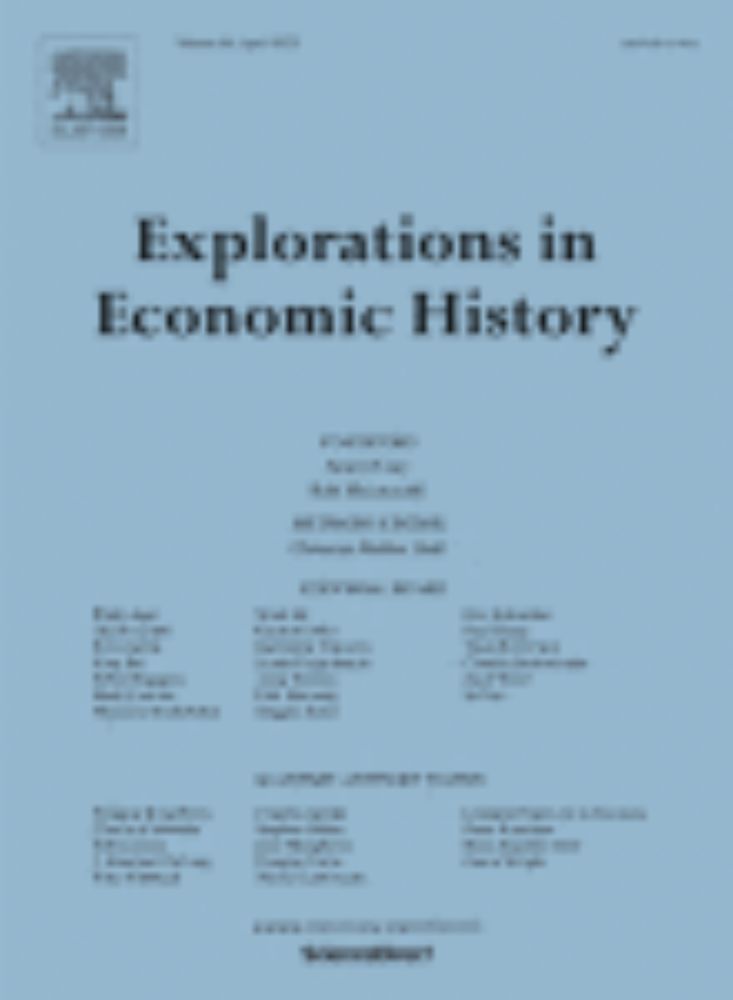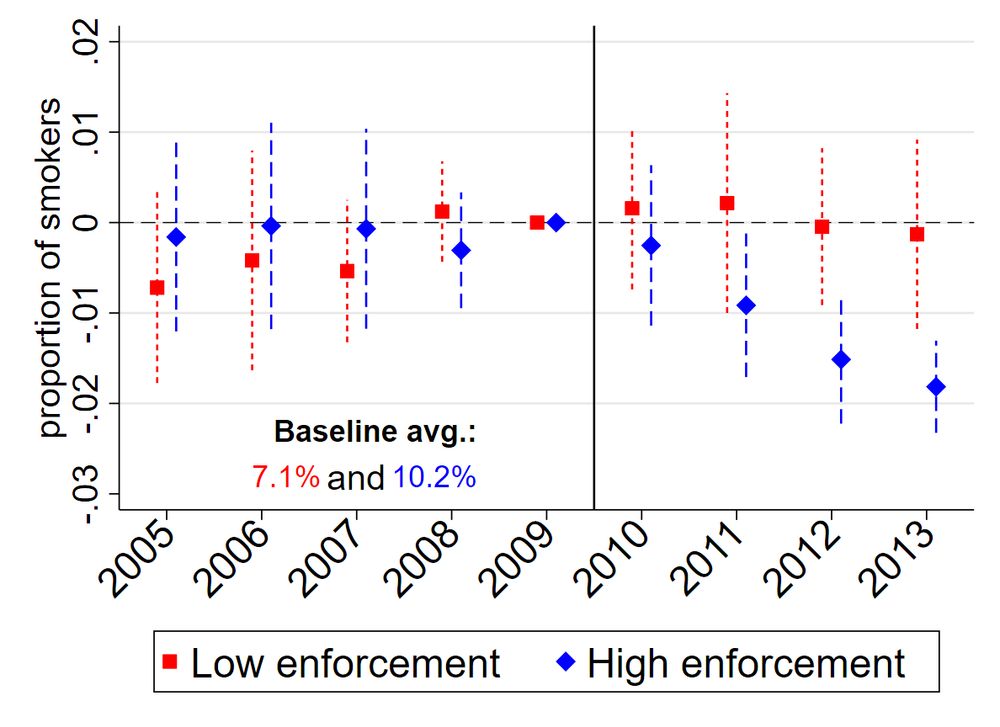Camila Steffens
@camilastfs.bsky.social
41 followers
68 following
14 posts
Labor economist
Postdoctoral Researcher at ZEW – Leibniz Centre for European Economic Research (@zew.de)
PhD in Economics @uc3meconomics.bsky.social
https://sites.google.com/site/camilastfs/home
Posts
Media
Videos
Starter Packs
Camila Steffens
@camilastfs.bsky.social
· Apr 14
Camila Steffens
@camilastfs.bsky.social
· Apr 14
Camila Steffens
@camilastfs.bsky.social
· Apr 14
Camila Steffens
@camilastfs.bsky.social
· Apr 14
Camila Steffens
@camilastfs.bsky.social
· Apr 14
Camila Steffens
@camilastfs.bsky.social
· Apr 14
Camila Steffens
@camilastfs.bsky.social
· Apr 14
Camila Steffens
@camilastfs.bsky.social
· Apr 14
Camila Steffens
@camilastfs.bsky.social
· Apr 14



